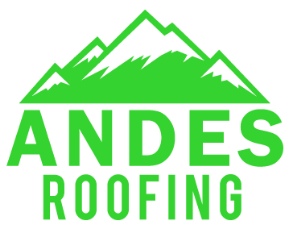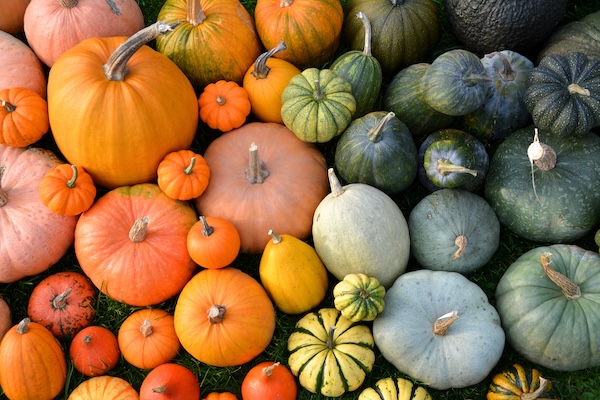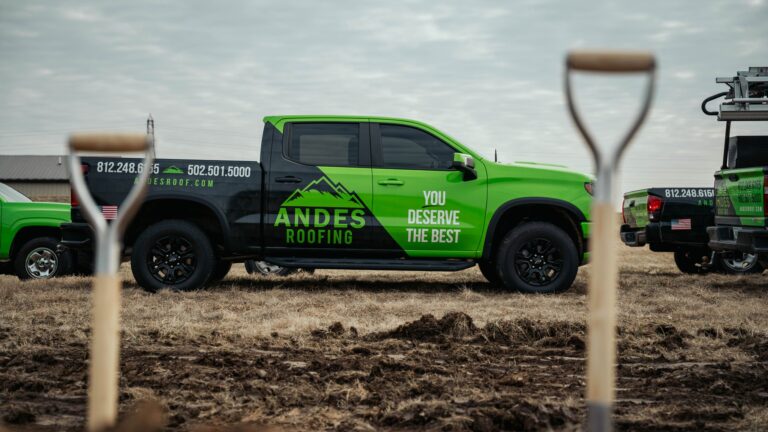Dutch lap siding has been in use since the 1880s. The original products were hand carved from wood, and the current designs are a variation of these designs. Siding covers the external walls or roof of a house and not only protects your house, but it can have an aesthetic impact if used correctly.
Whether you’re looking to give your house a facelift or want to raise the curb appeal, new siding might be the way to go. Dutch lap siding is a recognizable and distinctive style, making it a great option.
If you’re wondering what is Dutch lap siding and how you can use it, keep reading to find out more about the best suitable product for your home.
Difference Between Siding Products
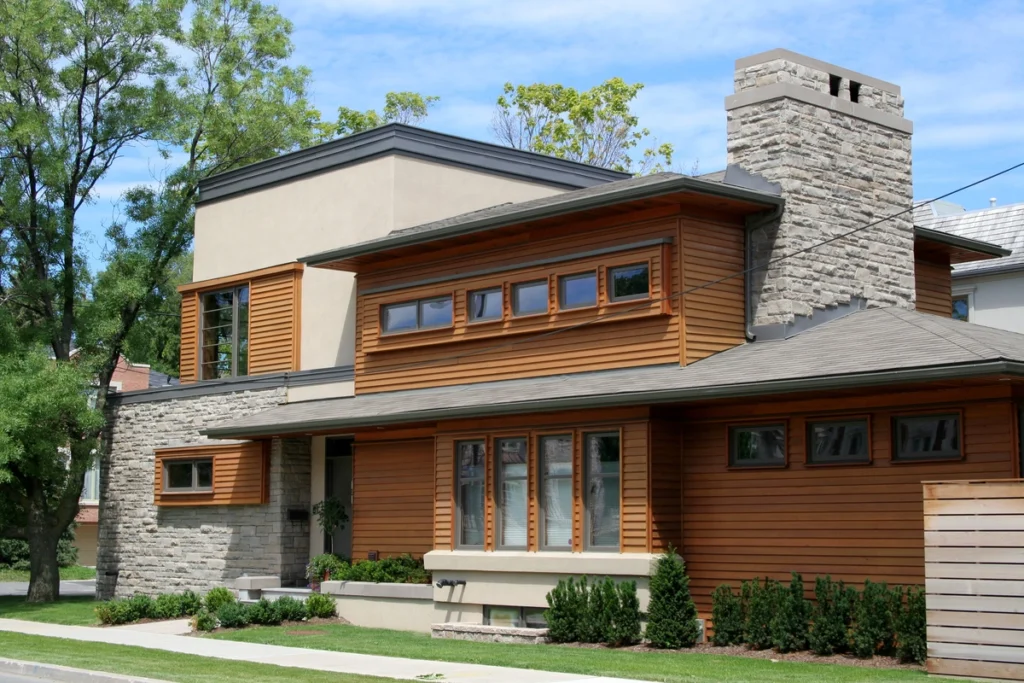
Dutch lap siding has a distinctive design that is recognized by its horizontal planks that have a concave face with a notch at the bottom. The shadow created by these notches gives this siding its much-recognized appearance.
But there are a few other popular types of siding you might be considering.
Clapboard Siding
Clapboard siding is also known as traditional siding. It has the same look as the Dutch lap but lacks unique concaves and notches. It has a smooth profile made of planks that overlap each other horizontally.
Both products are available in a range of materials that can work well with various architectural styles. Maintenance and durability depend on the material that the siding is made from, so consider this when comparing these styles.
Shiplap Siding
Shiplap has a smooth look with no details on the boards. The boards are cut with grooves that allow for one plank to overlap the next one. This way of overlapping seals the surface and provides that smooth look it is known for.
Both products are installed similarly, and the difference lies in the distinct profile of the Dutch lap versus the smooth profile of the Shiplap. If installed correctly, both provide good protection against the elements. However, the design of the Dutch lap ensures extra durability.
Vertical Siding
As its name indicates, it is installed vertically. It consists of boards installed upright from the top down. Dutch lap siding has more visual depth than vertical siding and provides a different look.
Shingle Siding
Wood is commonly used for this product that has a rustic look. It has a very distinct style, and the shingles can be scolloped, straight-edged, or staggered.
Dutch lap has a very different style. It comes in large board pieces, and the ridges create the impression of stacked panels.
Materials to Choose From
Dutch lap siding comes in a variety of materials.
The original Dutch lap was produced from wood and is still available in this form. It can be more expensive than other materials, depending on the size of the product and the type of wood used.
Vinyl is a popular choice for many homeowners and contractors. It is relatively easy to install and maintain and less expensive than wooden products.
Composite wood is more durable and affordable than wood and is an engineered wooden product.
The price of metal products can be inhibitive, but it is extremely durable and resistant to even the harshest weather exposure.
Fibre cement is also an extremely durable product that lasts many years. The manufacturing process, however, makes it more expensive than, for instance, vinyl.
Before investing in Dutch lap or a more traditional project, consider things like the thickness of the planks, the difference and cost in manufacturing and installation, and the look of each style, etc.
If you know your needs and preferences, there are many styles and options to choose from that will suit your budget.
Pros and Cons
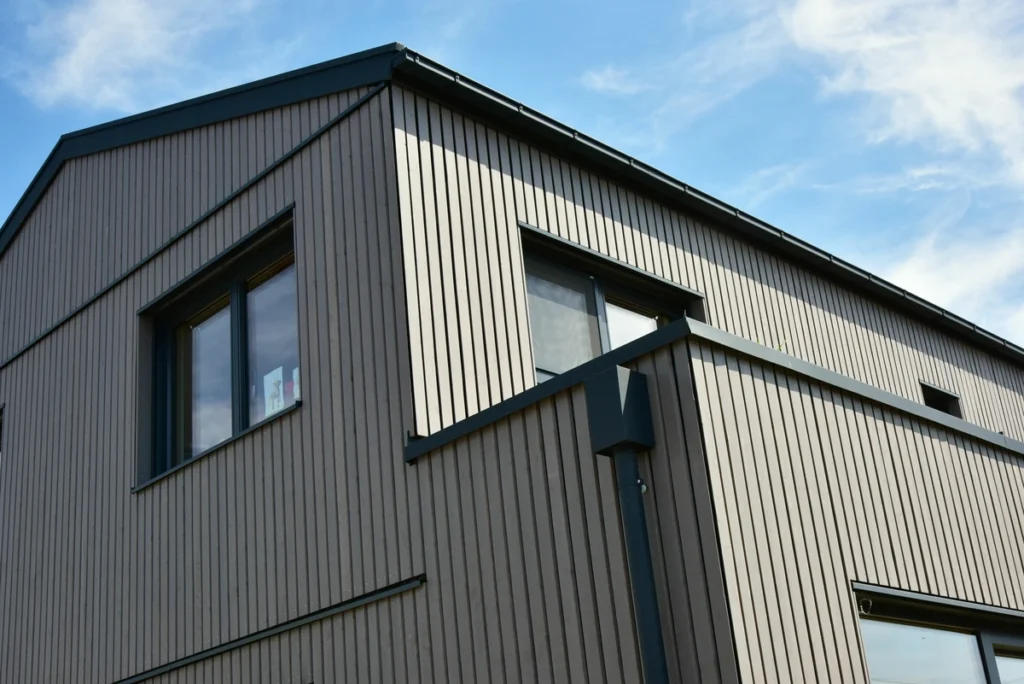
Like with most products, there are some advantages and disadvantages associated with Dutch lap siding that you need to consider.
The Pros
Durability is one of the main pros when it comes to Dutch lap siding. The shape and thickness of the boards can withstand wind, rain, and snow, and water cannot penetrate behind them. This allows for peace of mind in all climates.
This product has a timeless design based on traditional Old World wood sidings. The unique concave face with the bottom notch creates appeal and adds dimension.
It is available in a variety of colors and finishes that can enhance the architecture of any home.
Dutch lap siding is easy to install and maintain. Most hardware stores also stock this type of siding.
Dutch lap house siding can also lower your energy bill. The size and shape of the boards allow for temperature control and a moderate temperature in your home.
The Cons
Dutch lap wood siding can be more expensive than vinyl or even other types of siding, and if you choose wood and not a vinyl product, it requires regular upkeep.
Dutch lap siding is also only available in limited sizes that might not work well for your intended project.
What Is Dutch Lap Siding Explained
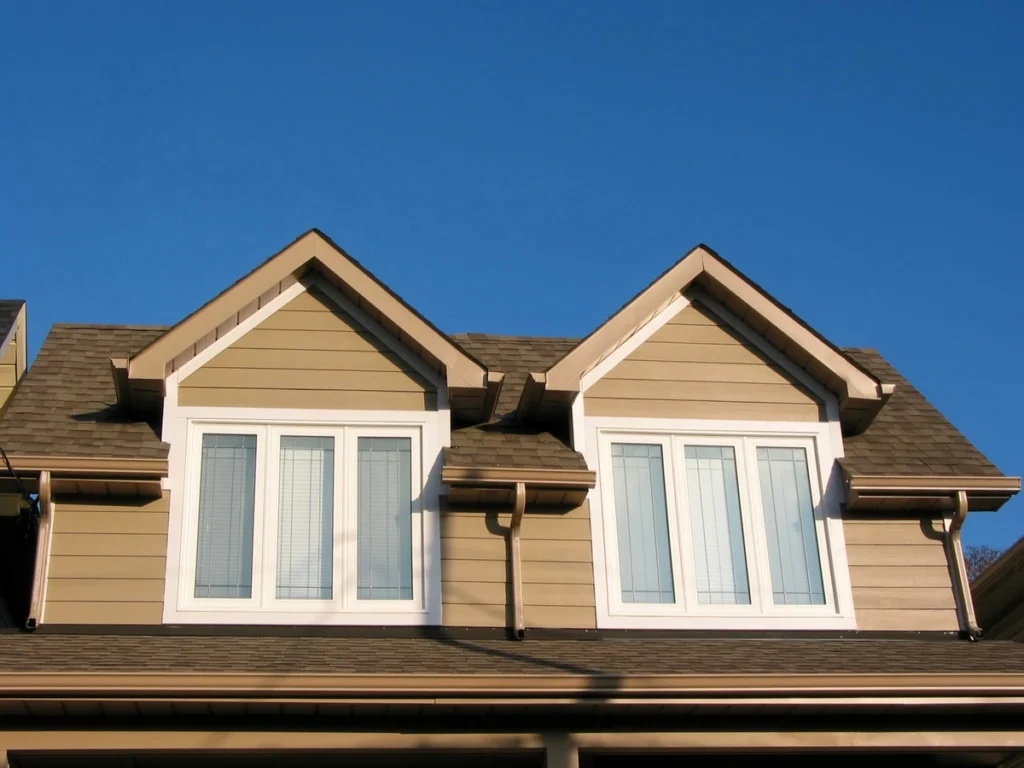
Whether you’re simply wondering what is Dutch lap siding or considering adding it to your home, it’s always a good idea to consider the pros and cons of a product. While Dutch lap siding is distinctive and beautiful, depending on your material choice, it can be costly to install. This is why it’s so important to do your research about a product before you commit to it.
If you’re considering installing Dutch lap siding in your home, contact us today. Andes Roofing is the top residential and commercial shingle roofing contractor in Louisville and Southern Indiana.
